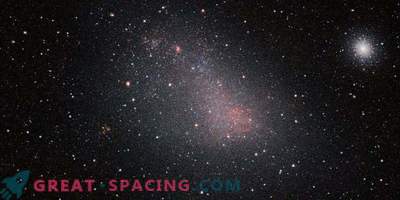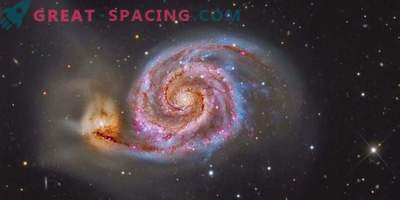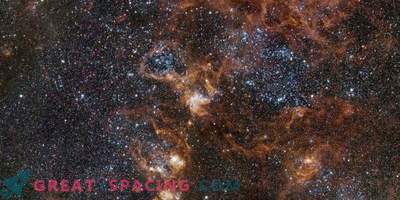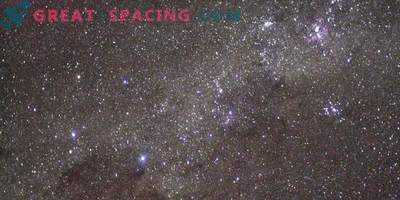
With the help of a radio telescope in Western Australia, cosmic rays were observed in two neighboring galaxies, demonstrating regions of stellar birth and echoes of past supernovae. The MWA telescope was able to freely display the Magellanic clouds rotating around the Milky Way.
Watching the sky at extremely low frequencies, astronomers were able to fix cosmic rays and hot gas in galaxies, as well as identify spots where new stars appear and you can find the remains of stellar explosions. Cosmic rays are energetic charged particles that come into contact with magnetic fields to form radiation, which can be seen in radio telescopes.
These cosmic rays come from supernova remnants - exploded stars. Explosions are associated with massive stars (larger than the Sun). The number of cosmic rays created depends on the rate of formation of massive stars millions of years ago. Magellanic clouds are located close to the Milky Way (less than 200,000 light-years), so they can be observed in the sky with the naked eye. But these galaxies were first mapped in detail at such low radio frequencies. The analysis showed that the rate of appearance of new stars in the Large Magellanic Cloud is almost equivalent to one new star with a mass that the Sun throws out every 10 years. In the Small Magellanic Cloud, these figures are equivalent to solar emissions in 40 years.
The observations recorded 30 Golden Fish - an exceptional area of star birth in the Large Magellanic Cloud, which is superior in brightness to any similar area in the Milky Way. Noticed and supernova 1987A - the brightest since the invention of the telescope.
Radio telescopes open the door to a new science. The future SKA array is expected to provide the same amazing frames, since its baselines are 8 times as large as MWA.











































